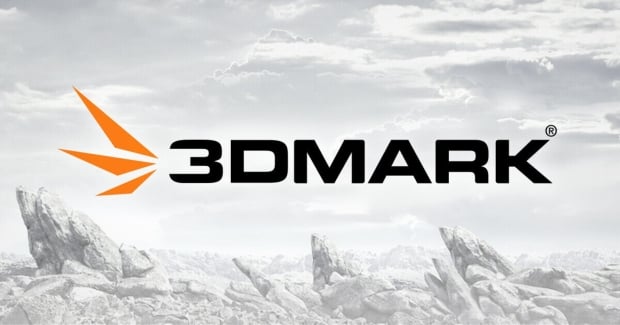UL Solutions has just announced a big update to 3DMark, adding support for NVIDIA's new DLSS 4 and DLSS Multi Frame Generation to the NVIDIA DLSS feature test.

The upgraded NVIDIA DLSS feature test was developed in partnership with NVIDIA, letting you compare performance and image quality when enabling DLSS processing. If you've got one of NVIDIA's new GeForce RTX 50 series GPUs, you'll be able to compare performance with and without the full capabilities of DLSS 4 upscaling.
The company explains: "The NVIDIA DLSS feature test is based on the 3DMark Port Royal ray tracing benchmark. The test runs in two passes. The first pass renders Port Royal with DLSS disabled to measure baseline performance. The second pass renders Port Royal at a lower resolution then uses DLSS processing to create frames at the output resolution. The result screen reports the frame rate for each run. For more details about the NVIDIA DLSS feature test, see our 3DMark user guide".
"You can choose to run the NVIDIA DLSS feature test using DLSS 4, DLSS 3 or DLSS 2. DLSS 4 includes the new DLSS Multi Frame Generation feature, and you can choose between several image quality modes-Quality, Balanced, Performance, Ultra Performance and DLAA".
"These modes are designed for different resolutions, from Full HD up to 8K. DLSS Multi Frame Generation uses AI to boost frame rates with up to three additional frames generated per traditionally rendered frame. In the 3DMark NVIDIA DLSS feature test, you are able to choose between 2x, 3x and 4x Frame Generation settings if you have an NVIDIA GeForce RTX 50 series GPU".



